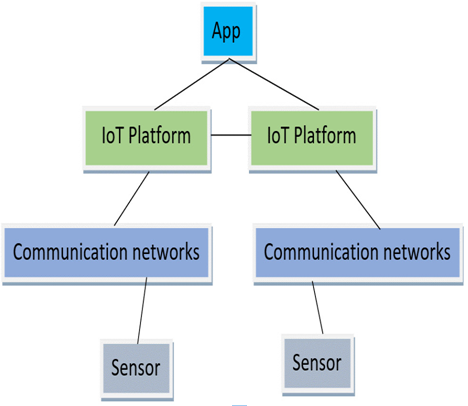The current state of IoT platforms and how they interoperate with one another is a convoluted picture. The market is fragmented due to the heterogeneity that is present with controllers, device protocols, network connectivity methods, standards, data formats, and many more. This is where concepts such as data normalization come into play. Data normalization in the context of IoT involves standardizing and restructuring diverse data formats from various IoT devices and sensors into a consistent, usable format. This process is crucial for efficient data integration, analysis, and interoperability across different IoT systems and applications.
Vendors often intentionally define different IoT protocols and interfaces that are incompatible with other solutions, given their own agendas of competition. One can grasp this idea by considering smart home ecosystems: a certain smart bulb might work flawlessly with one automation platform but falter with another due to divergent communication protocols or data formats. Despite there being significant progress within the standardization of communication protocols and data formats that have increased interoperability between devices and systems, there are still many challenges that are in the way of achieving full interoperability within IoT.
However, we can see that there are many solutions that have instead looked toward standardizing their implementations to make it easier for consumers to take advantage of multiple solutions from a myriad of providers. The concept of the smart home is one such example of this, given that a consumer is able to automate their home from their smartphone, despite the products that are being controlled being from different providers. In this section, we will define what is interoperability, why it is necessary for the future of IoT, the landscape that it is based on, the costs and trade-offs involved when considering it, and finally an example of a project that takes the ESP32 microcontroller and aims to make it interoperable.
Defining interoperability in IoT
Interoperability is all about how IoT systems and components communicate and share information with each other, which is the main driving factor that will unlock all of IoT’s potential. The property relies on interactions within the system, and this may involve interaction between two or more systems. An example of this is displayed in the following diagram; there can be a unified IoT platform that interoperates two objects: a sensor and a device. They may have differing communication networks and apps that are used as part of their interface, but they can interoperate and work with each other:

Figure 8.1 – Concept of interoperability between platforms
The diagram shows how different communication networks have different sensors attached to them but have IoT platforms that are able to interoperate and function together to be unified under one app. This allows for different platforms to be controlled centrally. Now, let’s understand why we interoperate.
Leave a Reply